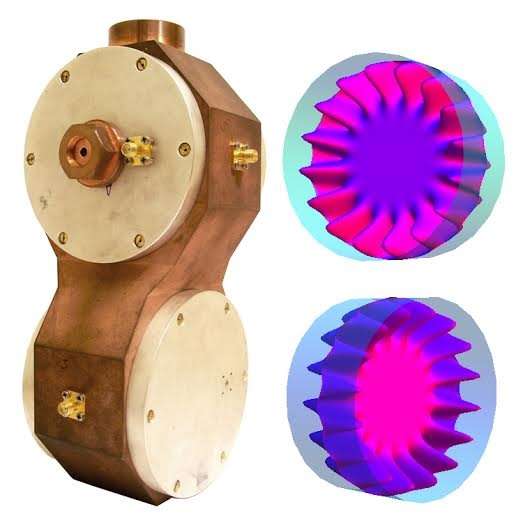September 21, 2015 report
Best of Last Week – Dark matter hiding in stars, a new tree of life and smarter bike pedaling

(Phys.org)—It was another good week for physics as a team with members from Germany, Austria and Australia conducted the most precise test of Lorentz symmetry for a photon and found that the speed of light is, indeed, constant—no matter how fast you are moving or which direction. Also, another team reported on a study they have been conducting to determine if dark matter hiding in stars may cause observable oscillations—thus far, they have found that if dark matter does exist inside of stars, it likely would not cause them to collapse, indirect proof that it could exist there. And in another interesting study, a team of researchers described human decision making using quantum physics theory, suggesting that you are not irrational, you are just quantum probabilistic. They are hoping that applying physics to the way people make decisions can explain contradictions among behavioral studies.
In other news, a team of researchers from several institutions in the U.S. suggested that a ban on microbeads offers the best chance to protect oceans and aquatic species—they call on governments around the world to completely ban the sale of products containing microbeads in order to keep them out of the sea. And in a milestone of sorts, a 'Tree of life' for 2.3 million species was released—the result of a collaborative effort among eleven institutions. It will be made available on Wikipedia. Also, another team with members from the U.K. and Slovakia asked: What's the best way to charge millions of electric vehicles at once? Worried that once electric vehicles become mainstream, there will not be enough electricity to charge them, they conducted a study, and now believe the solution will lie in creating algorithms to regulate charging to prevent congestion. And researchers at Lawrence Berkeley National Laboratory created an ultrathin invisibility cloak—it currently works only at microscopic size, but the team believes the underlying principles should allow for cloaking objects of any size.
Also, in what could be a groundbreaking development, a team of researchers at the University of California found that a virus in cattle could be linked to human breast cancer—breast tissue samples from women with breast cancer had a higher incidence of DNA from the bovine leukemia virus. And depending on your point of view, in what could be considered good or bad news, radio astronomer Michael Garretta concluded that advanced alien civilizations are rare or absent in the local universe—he claimed our technology has advanced to the point where we should be able to detect waste heat from others if they were out there, and thus far, we have come up empty.
And finally, if cycling is your exercise of choice, you might be interested in the results of a recent study by a team at Oxford University; they found that pedaling like a Tour de France winner is a losing strategy for most of us—instead they suggest riding at a slower, more efficient cadence.
© 2015 Phys.org





















